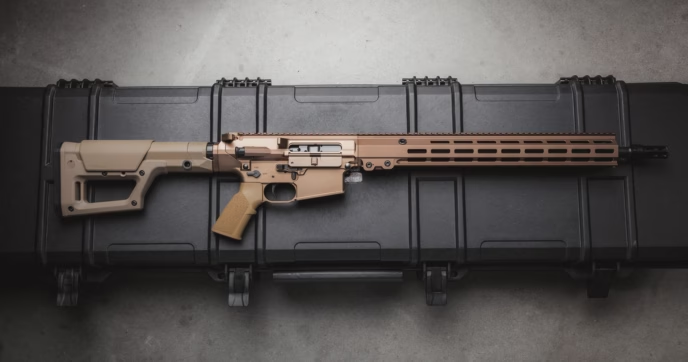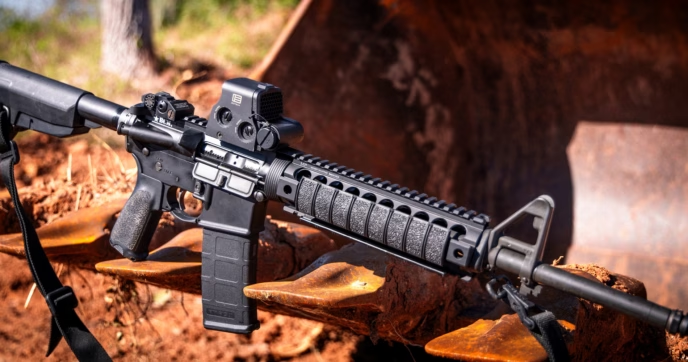There are certain accessories that are that are self-evident in their value. Things like optics, weapon lights, or upgraded triggers often get installed before the first shots of a rifle are ever fired. Other, more subtle attachments can be easily overlooked when you start to accessorize your AR-15–at least until the first time you burn your hand grabbing your rail.
Rail covers fall into the latter category. They can be a very useful attachment, but their utility often goes overlooked until after they are needed. As such, you’ll often see them on the rifles of experienced marksmen who have learned through trial and error how convenient they can be.
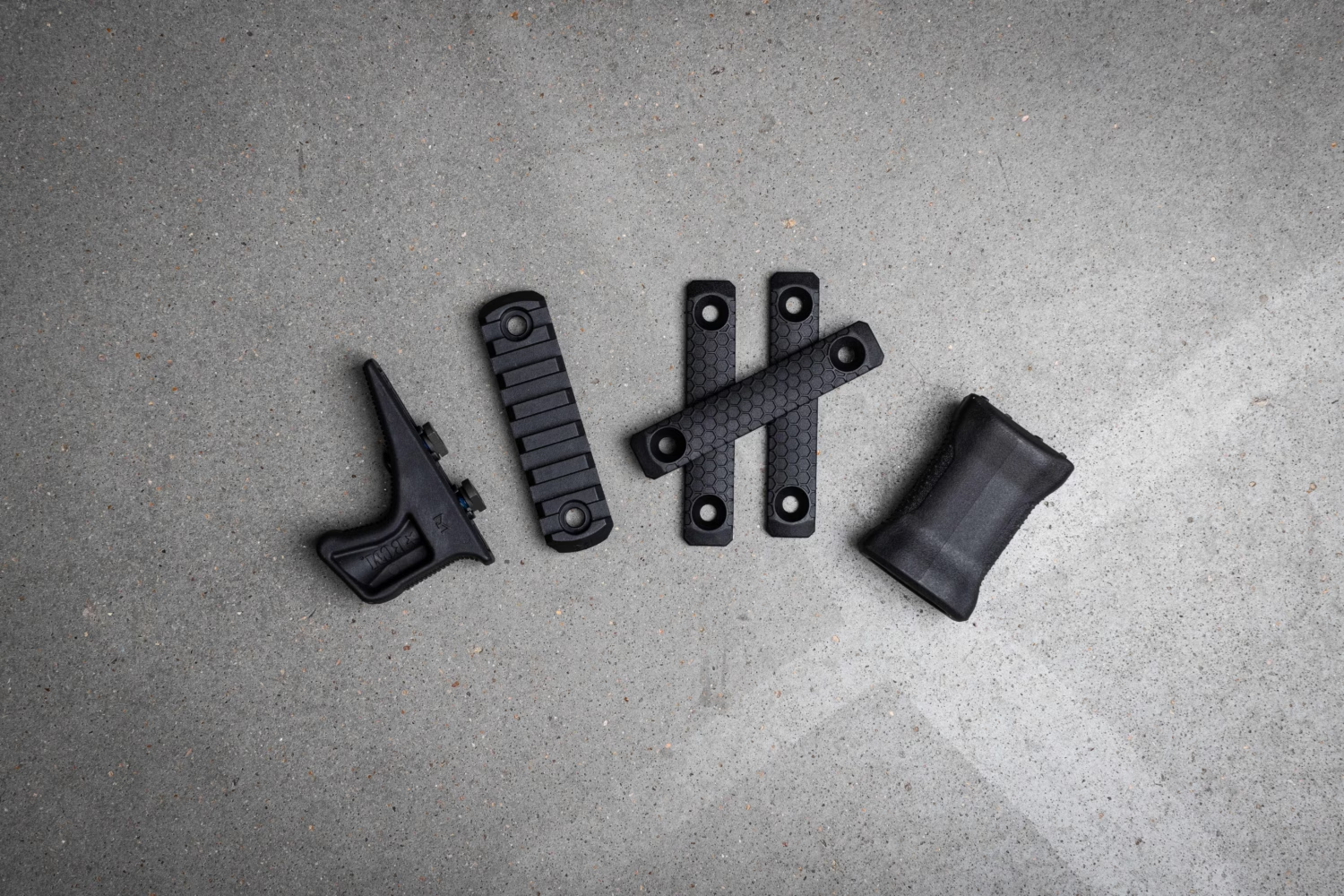
What Are Rail Covers?
Rail covers, also known as rail panels and rail ladders, are a type of attachment that creates a barrier between the user’s hand and their handguard. These can be made from a wide variety of materials, including wood, aluminum, G10, Micarta, and others, but are most commonly made from polymer or rubber.
Several designs are available, ranging from simple rubber sheets that latch onto your rail and can be trimmed to the desired length to more complex panels with a fixed length and wire-management capabilities.
Price similarly varies based on the complexity of the design and the materials used. Rigid panels machined from aluminum or steel will inevitably be more expensive than injection-molded polymer or rubber models.
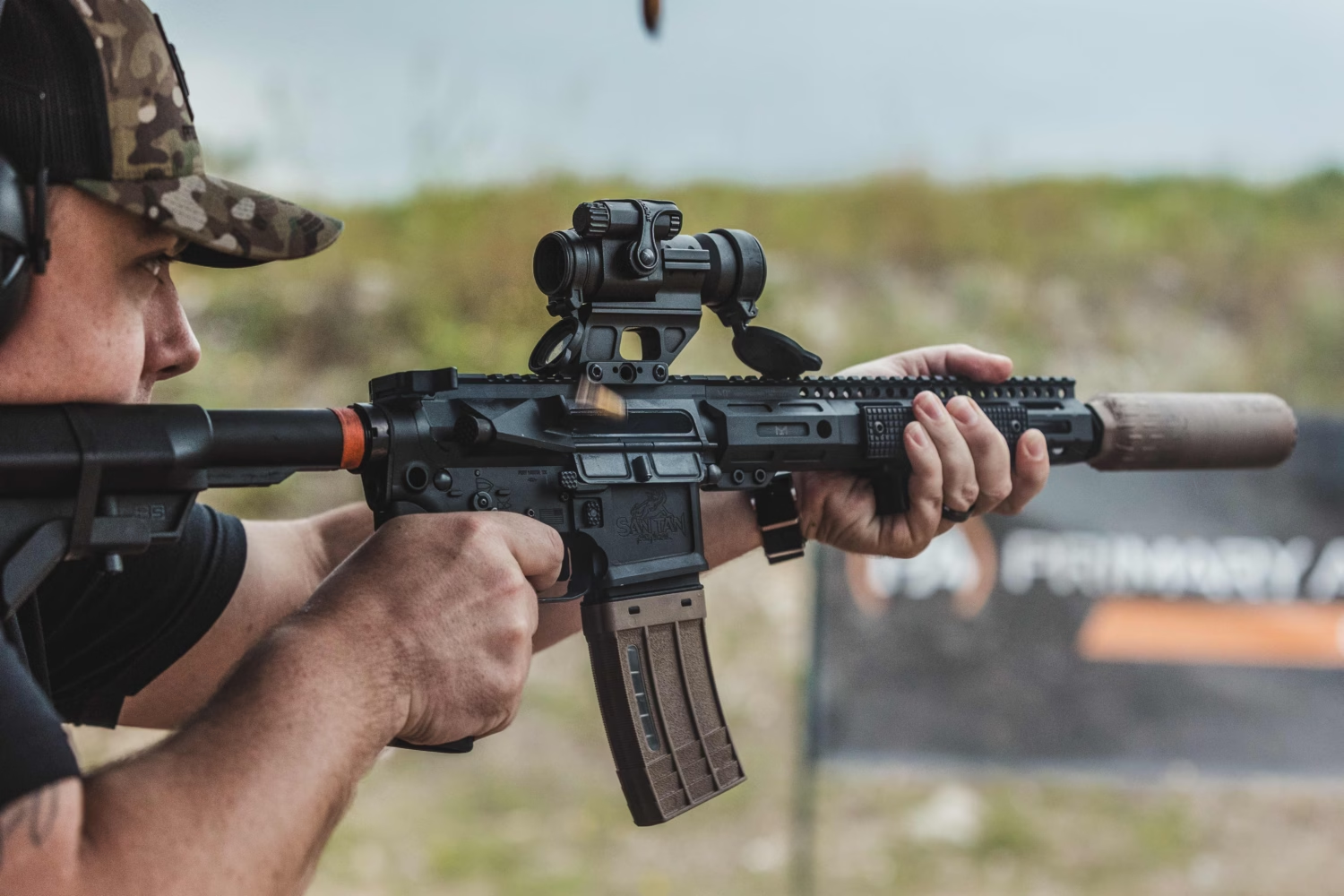
When To Use Rail Covers
Rail covers have a number of useful applications, some of which overlap or complement each other.
Protect Your Hands
The first and most crucial use for rail covers is to protect your hands. If you’re shooting hard, guns get hot. If your firearm has a metal rail or handguard, that heat tends to get conducted from the barrel into the handguard pretty quickly. Even just leaving a rifle with a metal handguard–such as an AR-15—in the summer sun can get it uncomfortably hot pretty quickly.
Rail covers create a heat-resistant barrier between your hands and your metal handguard. For this purpose, non-heat-conductive materials are best, so try to find plastic, rubber, or G-10 panels rather than machined metal ones. Wood panels also insulate heat quite well, but if you’re running your rifle particularly hard, it’s possible to singe or burn wood panels from the heat, although it’s usually only a risk with automatic weapons.
A layer of rubber between your hands and your handguard can go a long way for comfort, but even if comfort isn’t a high priority to you, rail covers can still be valuable protective gear. It’s not uncommon for rails to get hot enough to leave mild burns, particularly with ultralight handguards or piston-driven rifles like AKM variants.
Additionally, Picatinny rail covers are quite popular for the simple reason that Picatinny rails can be very uncomfortable to grip. While Pic rails offer very secure attachment and a huge range of compatible accessories, they are also comprised entirely of sharp corners and can be about as comfortable as gripping a cheese grater.
Picatinny rail scales are a game changer for comfort with these types of rails. They transform your sharp-edged rail into grippy rubber or textured plastic, saving your hands from heat and abrasion all in one shot.
Secure Your Grip
This leads us to the second, related use for rail covers: improving your grip.
There are several different types of accessories designed to help you control your rifle better–foregrips, handstops, and the like. But rail covers tend to be the cheapest, offering an impressive bang for your buck, and can improve your grip without significantly changing the ergonomics of your rifle.
If you’re running your rifle hard or in a hot environment, your hands are going to get sweaty. Sweaty hands are slick hands, and slick hands have never improved anyone’s accuracy. MLOK and Keymod handguards are most commonly made of aluminum, both of which tend to be rather smooth. Plastic handguards with these attachment systems exist too, but similarly don’t offer much in the way of texture.
Rail covers remedy this issue by providing a textured, tacky surface designed to lock in your hands and prevent sliding or slippage. Some materials, such as G10 or Micarta, are naturally grippy. Others like metal or plastic panels are textured in a variety of patterns designed specifically to prevent your hands from moving, even under recoil or other adverse conditions.
Organize Your Wires
Lastly, rail covers can offer the smoothest, most snag-free method of organizing the wires of any electronic attachments you may have on your rifle, such as lights or lasers. Of course, not everyone will have any wires to need organizing, but if your rifle features one or more remote switches, rail covers can provide a much lower-profile organization solution than ranger bands or zip ties.
Many rail covers feature wire routing channels machined or molded into the underside of the panel, typically along the edges. This allows users to tuck their wires underneath the panels themselves, hiding them from view and eliminating a possible snag point. Range bands or zip ties can lower the profile of your wires and keep them tucked tightly against your handguard, but only rail covers can actually hide them beneath a protective surface, eliminating the possibility of snagging instead of merely reducing it.
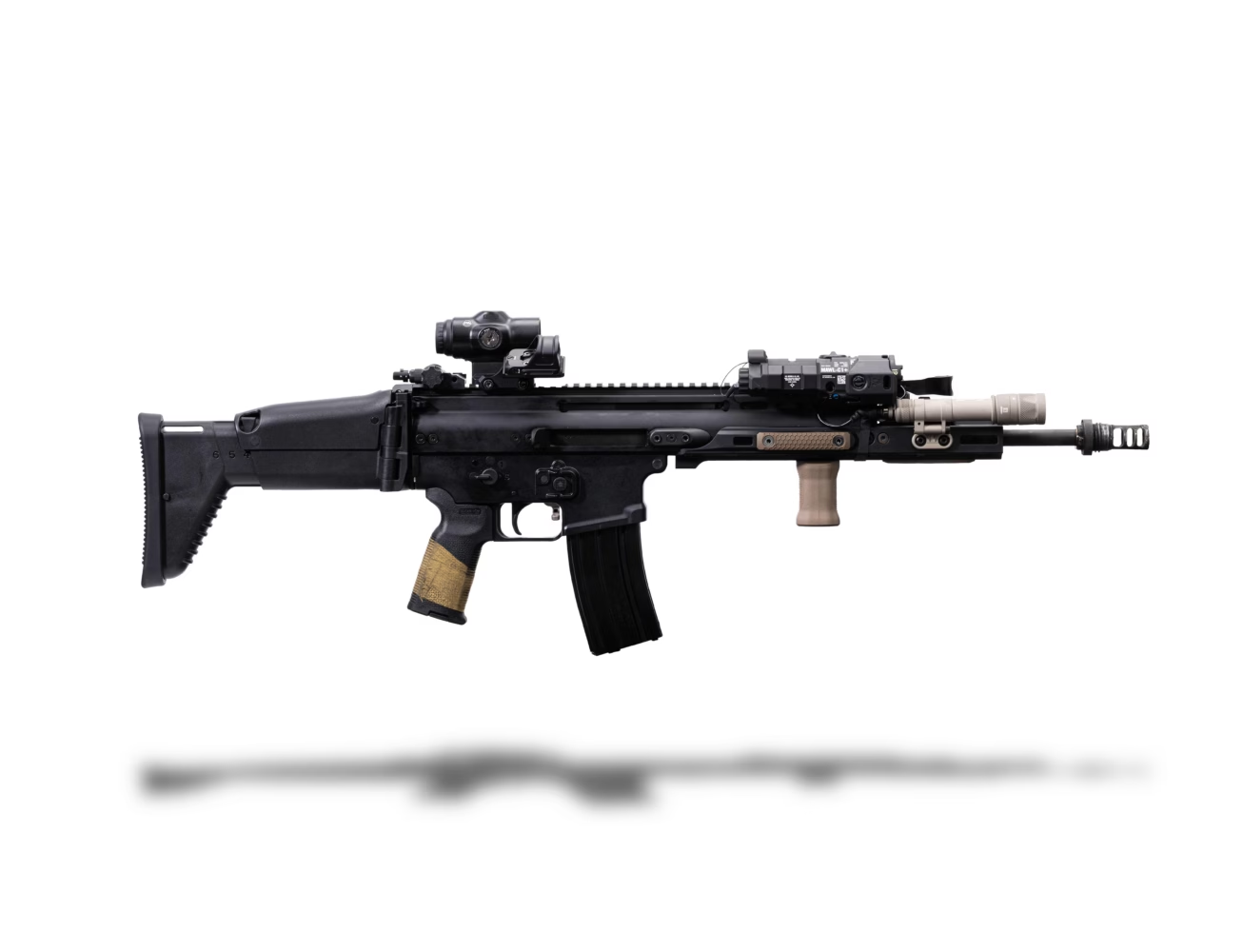
Are Rail Covers Necessary For All Rifles?
No, rail covers are not necessary for all rifles or all applications. A competition rifle may not have any lights or lasers on it, and so would not have any need for wire organization. Similarly, some users prefer to actuate their electronics directly with onboard buttons rather than a remote weapon light switch and also would not have any exposed wires.
Even the protective aspects of rail covers may be unnecessary or redundant for some rifles or applications. For a rifle that only sees use at the range, particularly if that range is indoors and air-conditioned, sweaty, slipperier hands may simply not be a concern. A hot handguard, also, would not be a risk for a long-range target rifle that doesn’t get fired quickly enough to significantly heat the handguard.
The same is true for rifles with naturally insulating handguards. AR-15 handguards are often made of metal, but if your rifle is equipped with a handguard made from a heat-insulating material like wood or plastic, adding rail covers isn’t going to make any difference.
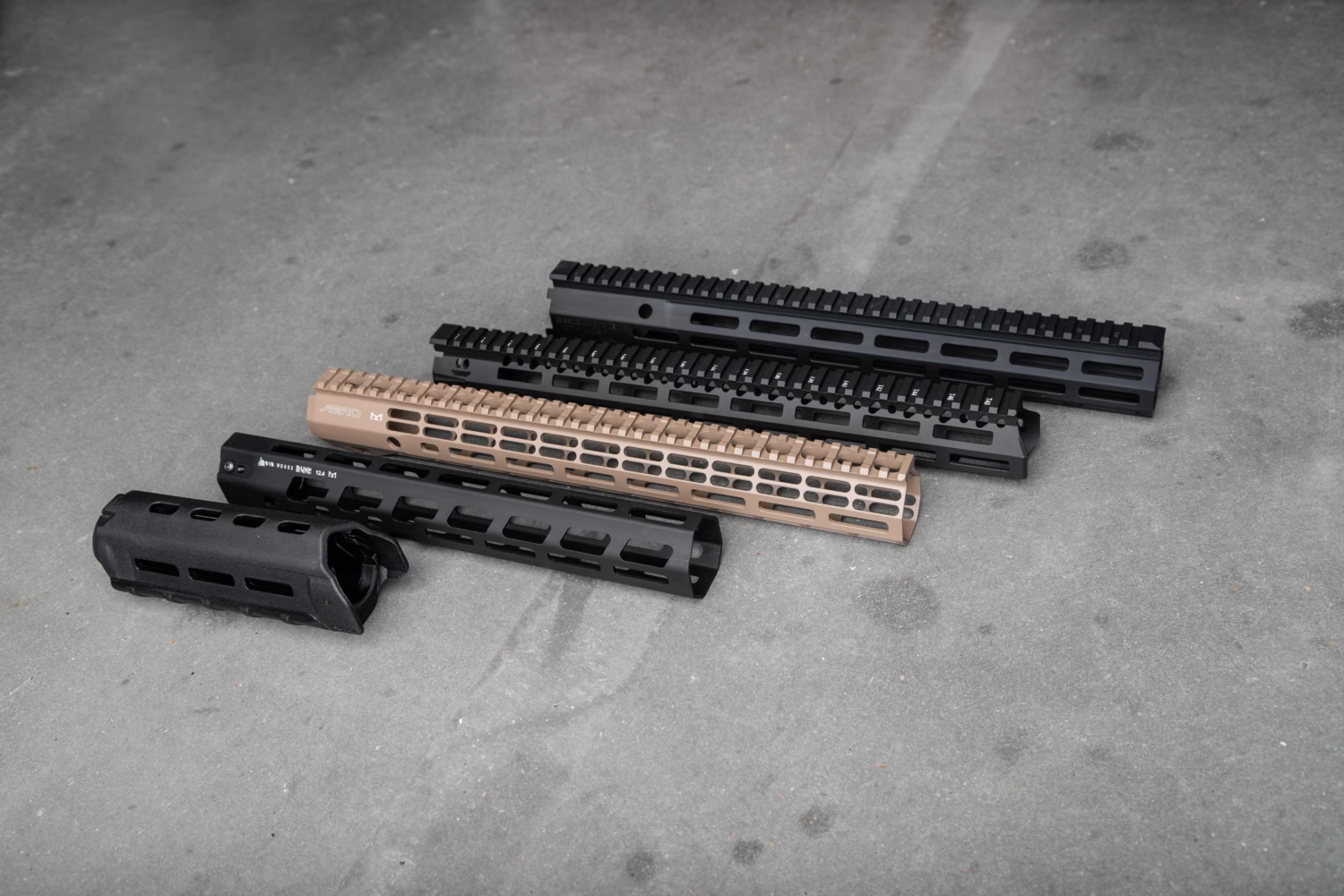
Types Of Rails And Handguards
When shopping for rail covers, it’s important to make sure that you’re buying ones that are going to be compatible with your handguard. The primary consideration here is the method of attachment, of which there are three main options: Keymod, MLOK, and Picatinny.
You’ll need to determine which attachment system your handguard uses and buy matching rail covers because those designed for one system won’t work with any of the others. MLOK rail covers will not fit a rifle with Keymod or Picatinny attachment, and vice versa.
Certain rare exceptions, such as Strike Industries’ LINK rail covers, can attach to either MLOK or Keymod handguards.
If you’re not sure which attachment system your rifle uses, we recommend reviewing our article on AR-15 handguard types.
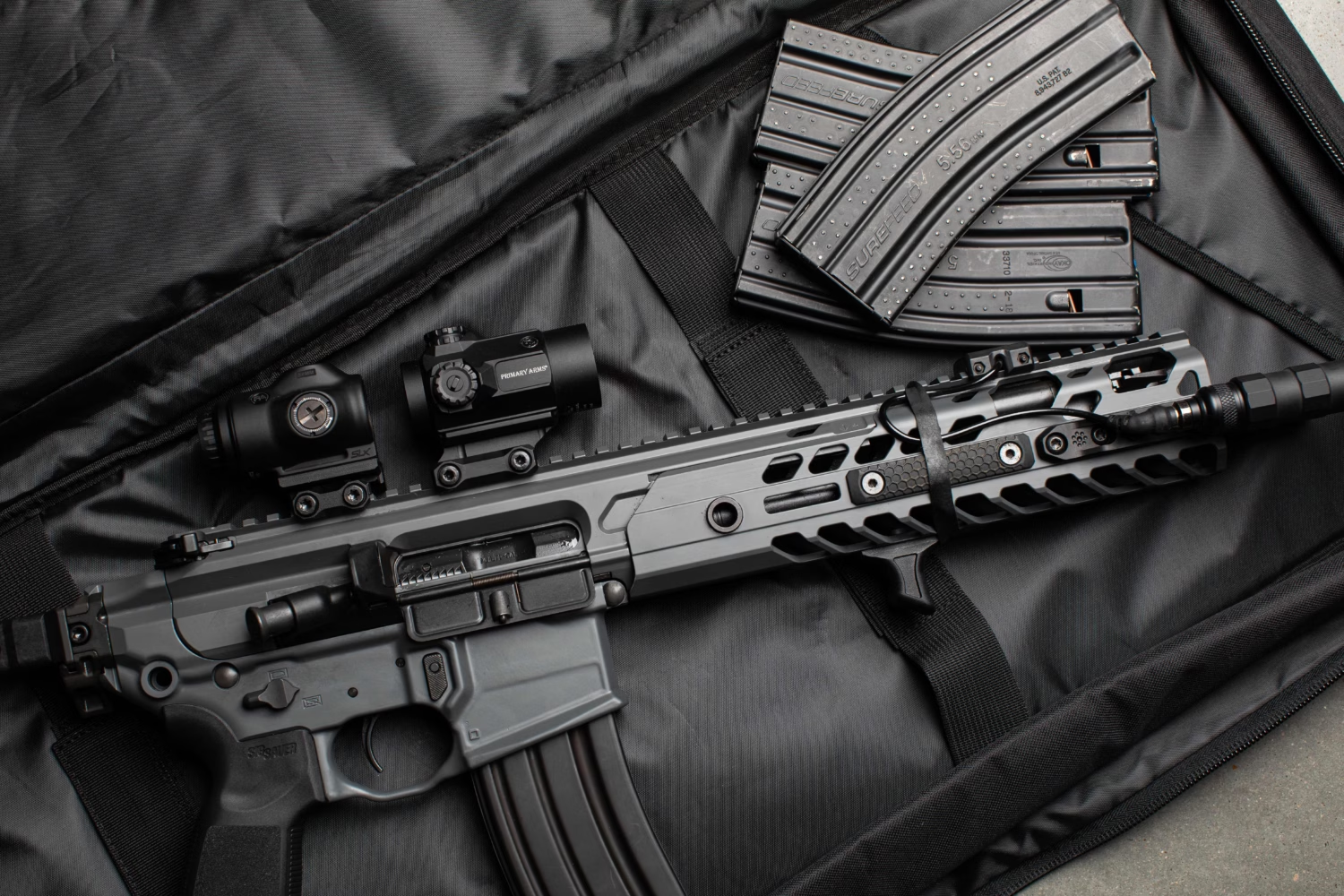
Conclusion
Rail covers may not be the most obvious or exciting accessory, but that doesn’t mean they aren’t valuable. Your hands are important, and protecting them from being burnt by your handguard or ground up by a Picatinny rail is well worth the few dollars spent on some rail covers.
